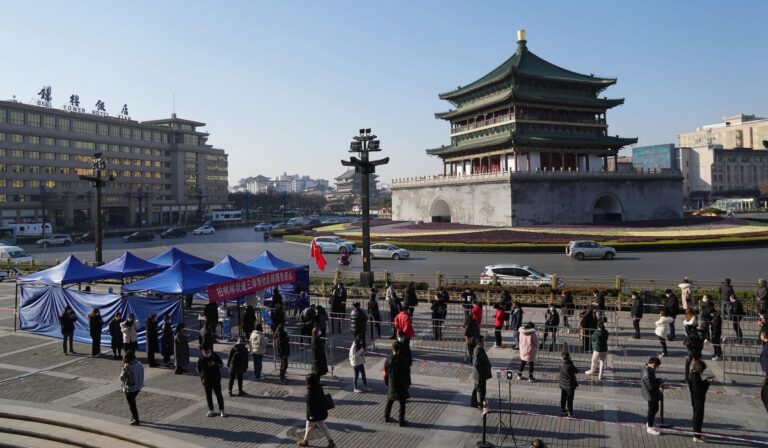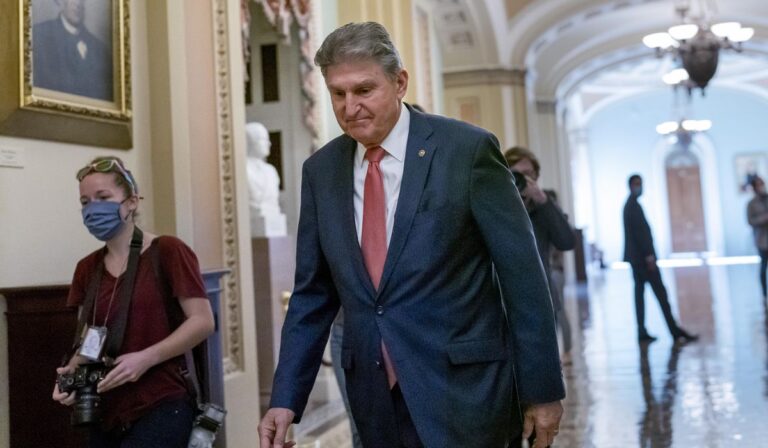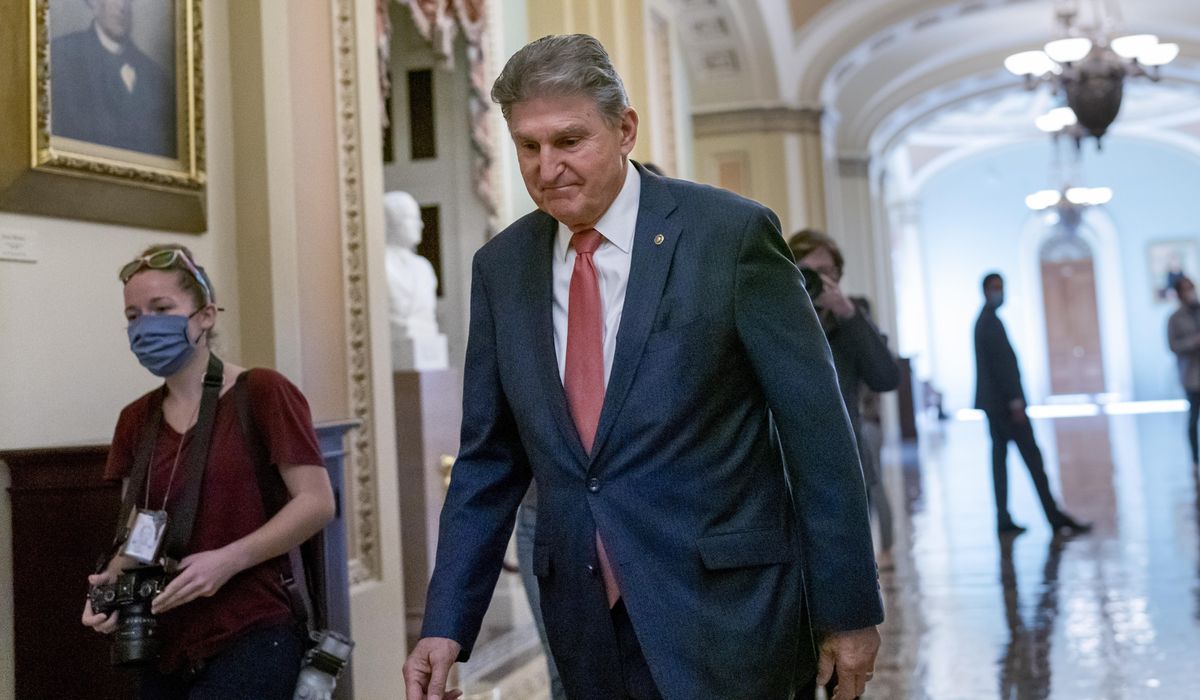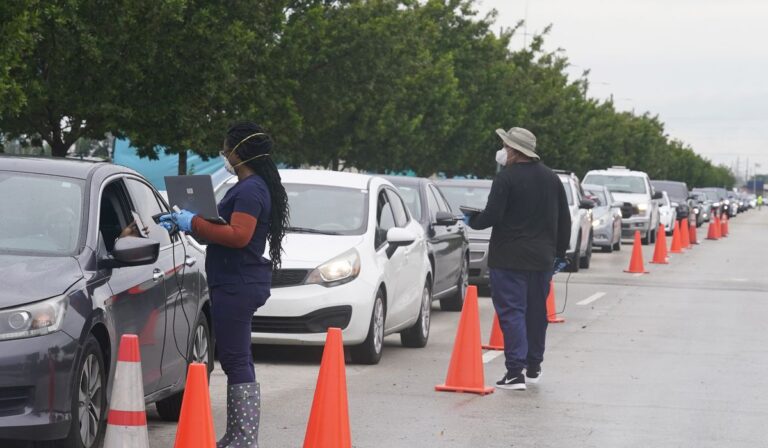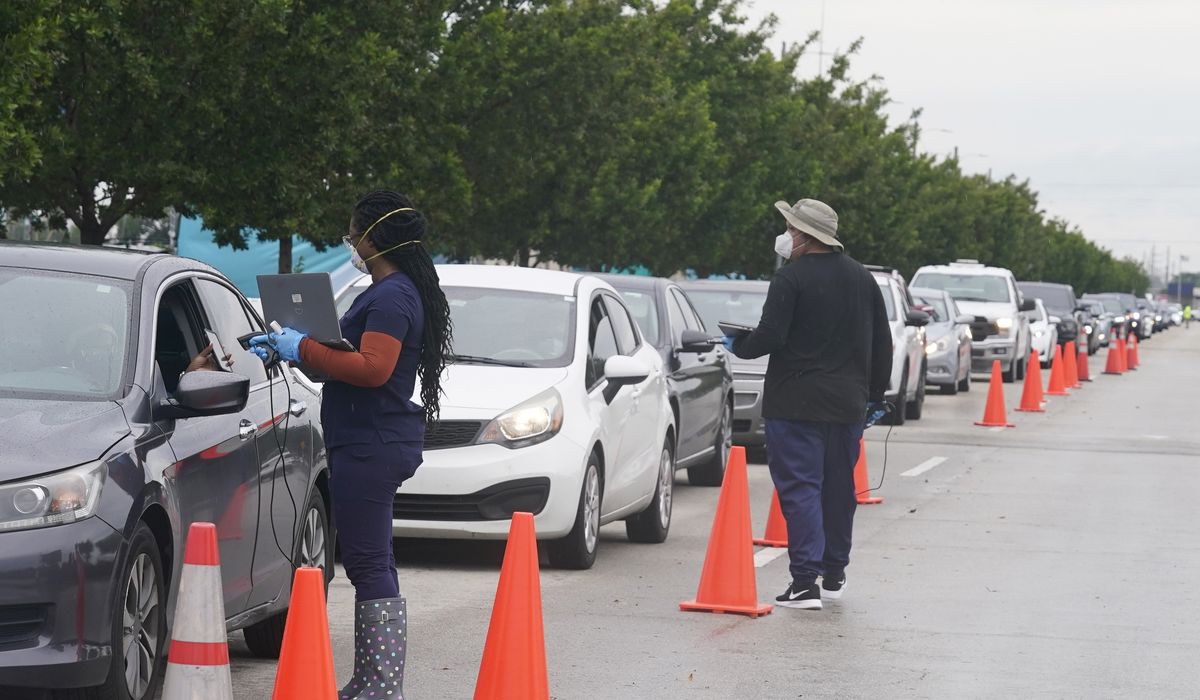The Pentagon’s Indo-Pacific Command recently unveiled a software application that military officials say will monitor Chinese military anger at U.S. activities in the region in a bid to reduce tensions.
Some analysts warn that the application represents a step back toward U.S. policies to appease China, whose communist leaders have used fears of upsetting Beijing to manipulate U.S. decision-makers.
The software tool is designed to systematically gauge Chinese military reactions to U.S. actions in the region, such as arms sales to Taiwan, naval and aerial maneuvers in disputed maritime zones, and congressional visits, defense officials and spokesmen said. The software measures U.S.-Chinese “strategic friction,” said a defense official who spoke to Reuters aboard a flight with Deputy Defense Secretary Kathleen Hicks last week.
The computer-based software evaluates information from early 2020 on significant activities that could trigger tensions in U.S.-Chinese relations. Military leaders and Pentagon policymakers will use it to predict how Beijing will respond to U.S. actions. The software is part of the Biden administration’s policy of seeking to curb Chinese aggression while preventing at all costs an open conflict between the world’s two most powerful countries and two biggest economies.
“With the spectrum of conflict and the challenge sets spanning down into the gray zone, what you see is the need to be looking at a far broader set of indicators, weaving that together and then understanding the threat interaction,” Ms. Hicks told Reuters in discussing the software.
An Indo-Pacific Command official said the tool will be used to avoid inadvertently provoking a conflict with China.
“U.S. Indo-Pacific Command ensures security and stability throughout the Indo-Pacific,” the official told The Washington Times. The command’s combined military force “responsibly manages competition to prevent conflict in the region. One of the best methods to do just that is centered on looking at the complex and overlapping geopolitical, operational and strategic environment,” the official added.
The command “will continue to refine methods, including decision aids, to responsibly manage competition with our No. 1 pacing challenge while supporting national defense priorities.”
A Chinese Embassy spokesman did not respond to an email request for comment.
A Pentagon spokesman declined to comment. “This is an Indo-Pacom program,” he said.
An ‘appeasement app’
Critics among U.S. China-watching experts expressed concern that the software will allow Beijing to manipulate U.S. policies and weaken U.S. responses to threats posed by China, with the U.S. bending over backward not to give offense to China or spark a crisis.
Kerry K. Gershaneck, a retired Marine and former Pentagon policymaker with extensive intelligence experience, said the “appeasement app” will hand China’s leaders a political warfare victory.
“China’s political warfare aims, in part, to condition naive opponents to do what the Chinese Communist Party wants them to do, on their own volition, without Beijing actually telling them to do it,” Mr. Gershaneck said. “With this ‘appeasement app,’ it appears the CCP has masterfully succeeded in its conditioning of senior U.S. defense officials.”
Such an approach will only invite further Chinese aggression and demoralize military personnel, he said.
“The app appears to be self-destructively unilateral: It tells the U.S. military — and only the U.S. military — to always back off, to stand down and to do nothing that might possibly ‘upset’ China,” Mr. Gershaneck said.
Retired Navy Capt. Jim Fanell, a former head of intelligence for the Pacific Fleet, said the software tool is designed to guide military commanders and diplomats and will systematically erode U.S. defense of its national interests in the region — a key goal of Beijing.
“This tool should be scrapped immediately, and American commanders and diplomats should be allowed to operate as the environment dictates, allowing for maximum flexibility and assertiveness that will keep the Chinese Communist Party decision-makers on their back feet when it comes to pursuing their strategic goal of pushing America out of the Indo-Pacific,” he said.
Miles Yu, a State Department official in charge of China policy during the Trump administration, has described the U.S. approach to China as misguided “anger management” based on false fears of Chinese reactions and bluffs rather than proactive U.S. initiatives.
“For decades, our China policy was carried out based upon an ‘anger management’ mode — that is, we formulated our China policy by calculating how mad the CCP might be at us, not what suits the best American national interest,” Mr. Yu said in a recent interview.
Proactive and reactive
The tool was unveiled during a briefing for Ms. Hicks at Indo-Pacific Command’s Honolulu headquarters. Included in the briefing were the theater’s senior commander, Adm. John C. Aquilino; Pacific Fleet Commander Adm. Samuel Paparo; Gen. Charles Flynn, commander of the Army Pacific; and other senior leaders for frontline military forces in charge of dealing with China.
Over the past five years, American military forces in the Pacific have stepped up proactive actions designed to push back against Chinese military encroachment. The activities began during the Trump administration.
Chinese military forces, in turn, have sharply increased aggressive and threatening operations, mainly against Taiwan and against rival claimants to sovereignty in the South China Sea.
Toward Taiwan, China has stepped up military flights and naval maneuvers close to the self-ruled island. U.S. officials have described the actions as coercive and threatening.
China has carried out war games, including long-range missile tests, in disputed islands throughout the strategic South China Sea.
Chinese naval vessels have sought to drive U.S. warships out of the sea when the Navy conducts “freedom of navigation operations” through disputed waterways.
Last month, the State Department warned China that it faced a military response after Chinese coast guard vessels blocked Philippine efforts to resupply a military post in the Spratly Islands.
Mr. Yu has argued that failed policies have been based on a fundamental misunderstanding of how China’s rulers try to manipulate the U.S. First, the Chinese voice anger and rage at U.S. actions and then see how the United States reacts. The process allows the Chinese to calibrate American policy responses to suit their interests.
“Unfortunately, too often, we fell for this CCP sophistry and made our China policies to appease CCP sensitivities and fake outrage to avoid an often imagined and exaggerated direct confrontation with the seemingly enraged CCP,” he said.
More broadly, Mr. Gershaneck said, the adoption of the app sends a terrible message to frontline U.S. military personnel that they should always back down and never risk angering China. The military should instead invest in software that will assist military officers and diplomats on how to exploit Chinese weaknesses and engage in successful political warfare against Beijing, he added.
Disclosure of the software followed reports that Gen. Mark A. Milley, chairman of the Joint Chiefs of Staff, so feared Chinese military misperceptions of a U.S. attack that he telephoned a Chinese general to tell him that the United States would inform him of any military attacks in the fraught days after the 2020 U.S. presidential election.
A spokesman for Gen. Milley did not respond to a request for comment on the app.
Gordon Chang, a Chinese affairs expert, said the “appeasement app” is a political gift for the Chinese military.
“We should send Chinese flag officers an app that sends them alerts whenever they are about to do something that will get us angry,” Mr. Chang said.
Capt. Fanell, the former Pacific Fleet intelligence director, said the focus on “strategic friction” software reflects an institutionalization at Indo-Pacific Command of a central tenet of pro-China policies first put into place by Secretary of State Henry Kissinger and adopted more recently by the Obama administration. That policy calls for avoiding all military and other activities that could provoke China or lead to the perception by Beijing of “containment.” The overall objective was to preserve positive ties.
“During my time in uniform, we saw the American government, both State and Defense departments, impose self-induced constraints on the exercise of American military and diplomatic operations in order to not provoke the PRC,” said Capt. Fanell, who retired in 2015.
U.S. reconnaissance flights near China’s coasts and requests of regional allies to push back against Chinese hegemony were called off or reduced based on fears that they would place the greater U.S.-Chinese relationship at risk.
“These same appeasers proclaimed that the ‘relationship’ with China was the most important relationship for America’s national security and thus we had to constrain our actions,” Capt. Fanell said. He added that the officials “were actively promoting a policy of kowtowing to the Chinese Communist Party and its bad behavior.”



